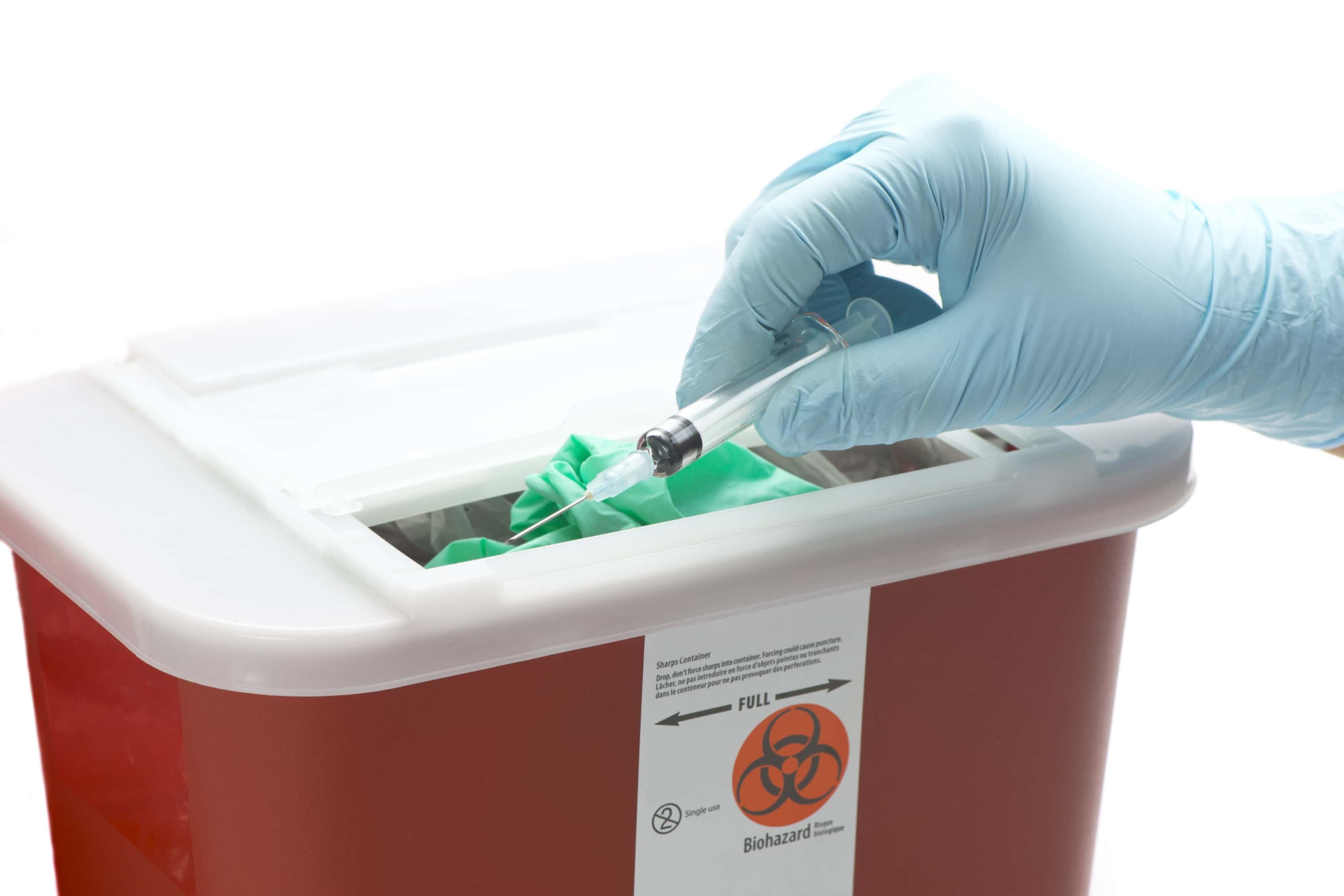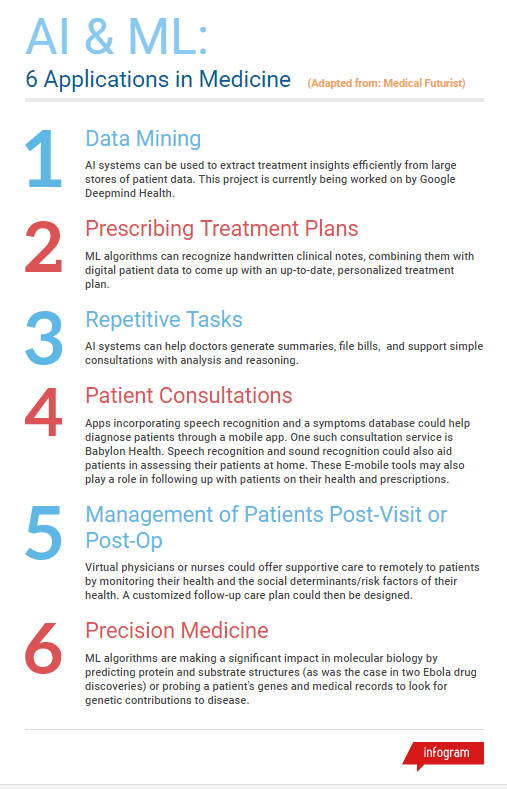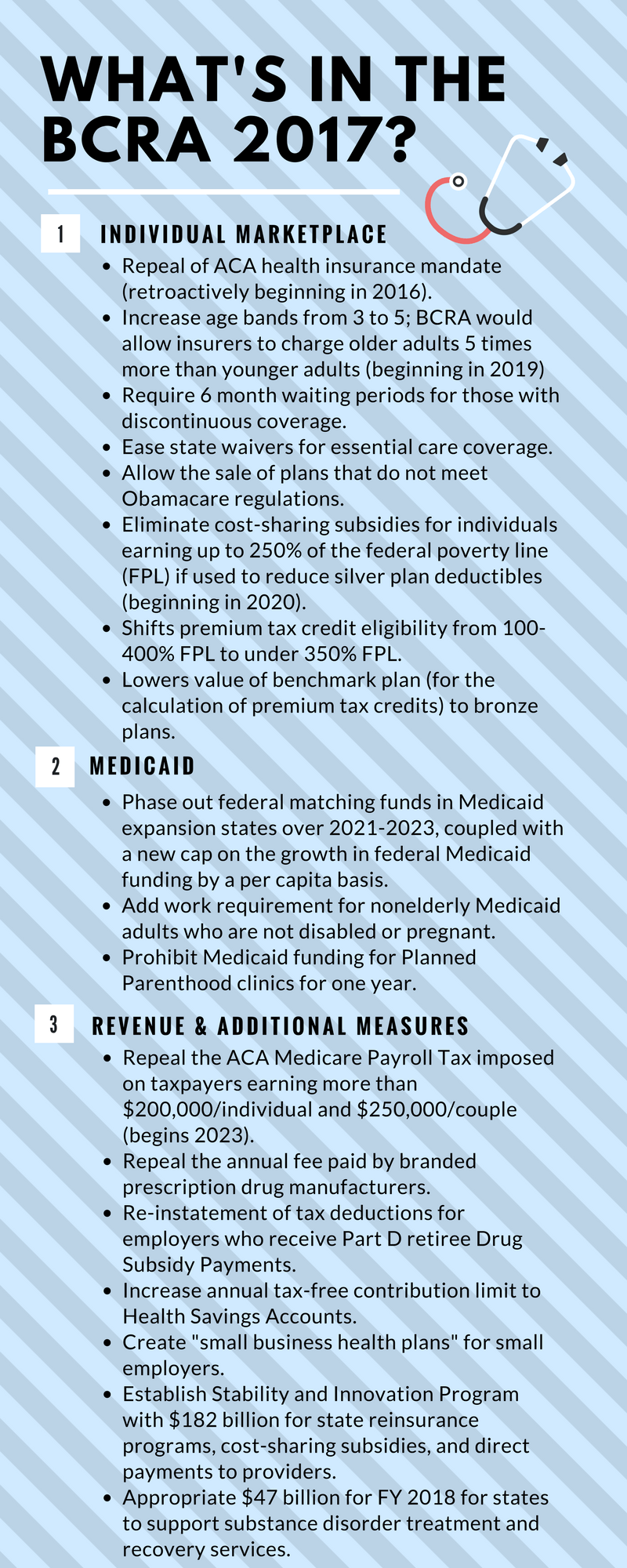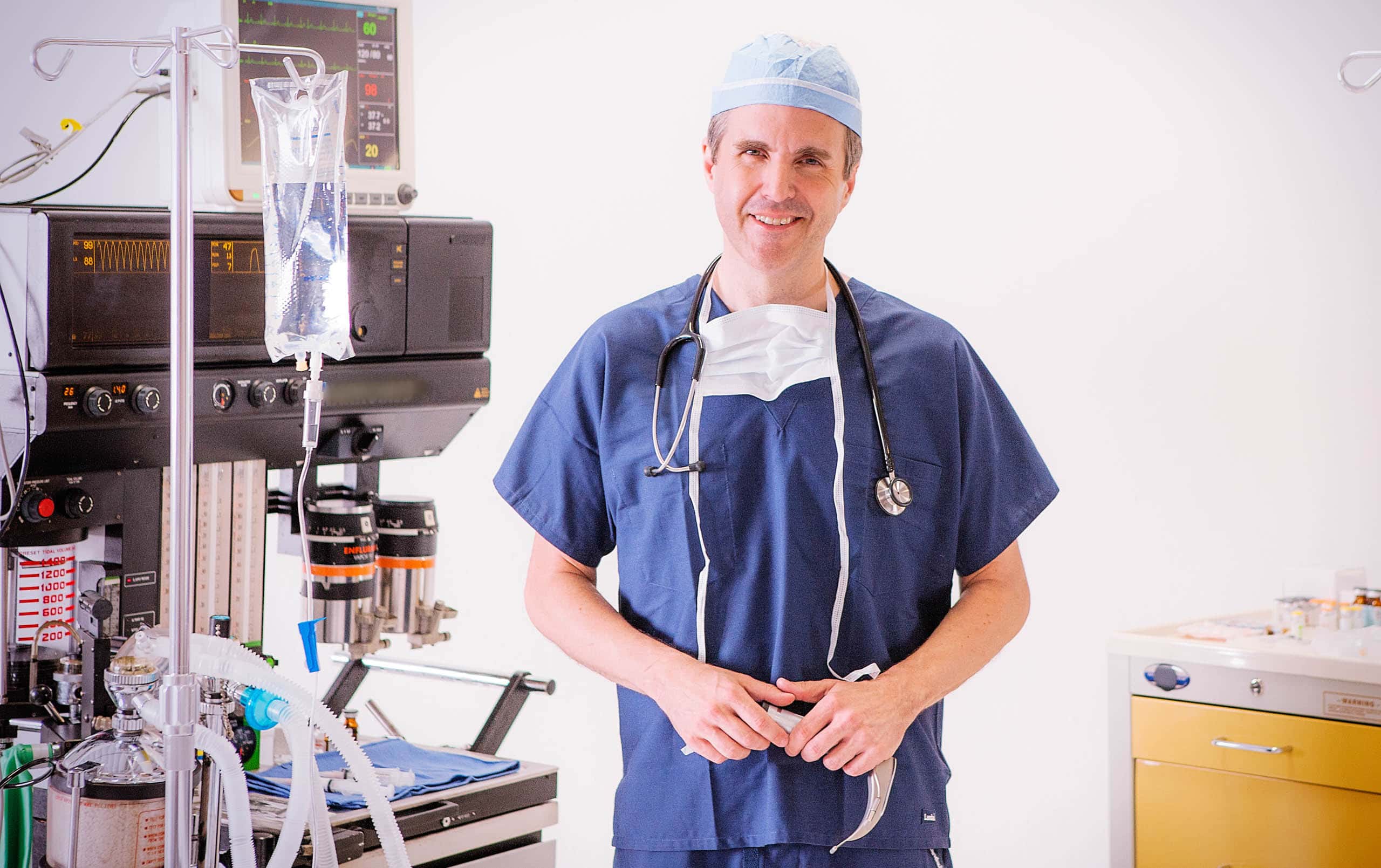
To recognize Children’s Eye Health and Safety Month, The American Association of Nurse Anesthetists (AANA) has proposed an extensive list of guidelines for the administration of anesthesia for ophthalmologic procedures on children.[1] In this document, Certified Registered Nurse Anesthetists (CRNAs) are emphasized as primary practitioners of pediatric anesthesia, combining in-depth technical knowledge with a holistic approach to healing. This document exemplifies the increasing focus on pediatric anesthesia, as noted by anesthesiologists, anesthesia management companies, and CRNAs alike. From a historical standpoint, the use of anesthesia in children has typically been limited to specialists such as pediatric anesthesiologists, who undergo specific training via fellowship in order to satisfy stringent requirements for the practice. Furthermore, the use of pediatric anesthesia has also been limited to specific procedures, recognizing the increased potency of anesthesia on younger patients. Many anesthesiologists are aware of the case of Caleb Sears, a 6-year old boy who passed away soon after administration of general anesthesia in a dental setting. While Caleb’s case has been used to debate the medical ethics of pediatric anesthesia, it is also a sharp reminder of the dangers that come from not consistently updating medical approaches to anesthesia. In response to advocacy stirred up by the tragic case of Caleb, an increased focus has been placed on pediatric anesthesia in the medical community. Therefore, anesthesiologists, CRNAs, and medical researchers are approaching pediatric anesthesia with a fresh lens. Recent developments have thus concluded that a modern approach to pediatric anesthesia combines optimized team management with updated dosage recommendations, facilitating a safe and effective administration of anesthesia to young people.
The optimization of medical team management is essential in the administration of pediatric anesthesia. The American Academy of Pediatrics recommends against a “single-operator model”, in which one individual is tasked with both the sedation and the surgery itself, an event frequent in dental and oral surgery settings.[2] Instead, it is now fully recommended that there be one separate individual who can administer anesthesia, monitor vital signs, provide PALS (Pediatric Advanced Life Support) if necessary, and step in to assist the primary surgeon in case of emergency. This role can be taken by an anesthesiologist, but can also be fulfilled by a CRNA or trained midlevel medical practitioner. CRNAs with additional training or rotations in pediatrics can often have deep knowledge of the topic, and are viewed as valuable additions to a medical team working with children.
Furthermore, specific dosage requirements are in the process of review in order to ensure that administration of anesthesia to children is safe and effective. The Food and Drug Administration had previously warned that using anesthesia on children aged 3 and younger can produce developmental problems if administered at high intensity or for a sustained period of time. In response, the American Academy of Pediatrics conducted a epidemiological study of the topic, aiming to investigate the proposed conclusion in a large population-based setting. In controlled trials using humans (as opposed to primates or other model organisms), the AAP found that a short, one-time use of anesthesia in young children provoked no developmental issues.[3] This conclusion was then supported by many medical academies and professional associations, including the Society for Pediatric Anesthesia, the International Anesthesia Research Society, and the American Society for Anesthesiologists. In sum, with the proper dosage, administered by a correctly trained medical practitioner, the use of anesthesia on young children does not result in adverse developmental consequences. Researchers will continue to focus on the issue of pediatric anesthesia, to ensure that there are detailed dosage instructions for each drug utilized and thus a proper course of action for CRNAs and anesthesiologists.
Anesthesia is an invaluable tool for smoother surgeries. A specialized team model, in combination with specific and up-to-date dosage recommendations, can ensure that anesthesia remains a viable and safe option for all, including those under pediatric care.
[1]http://www.aana.com/newsandjournal/News/Pages/080117-What-Parents-Should-Know-About-Their-Child%27s-Vision.aspx
[2] http://www.aappublications.org/news/2017/07/28/Sedation072817
[3]http://www.aappublications.org/news/2017/01/10/Anesthesia011017





